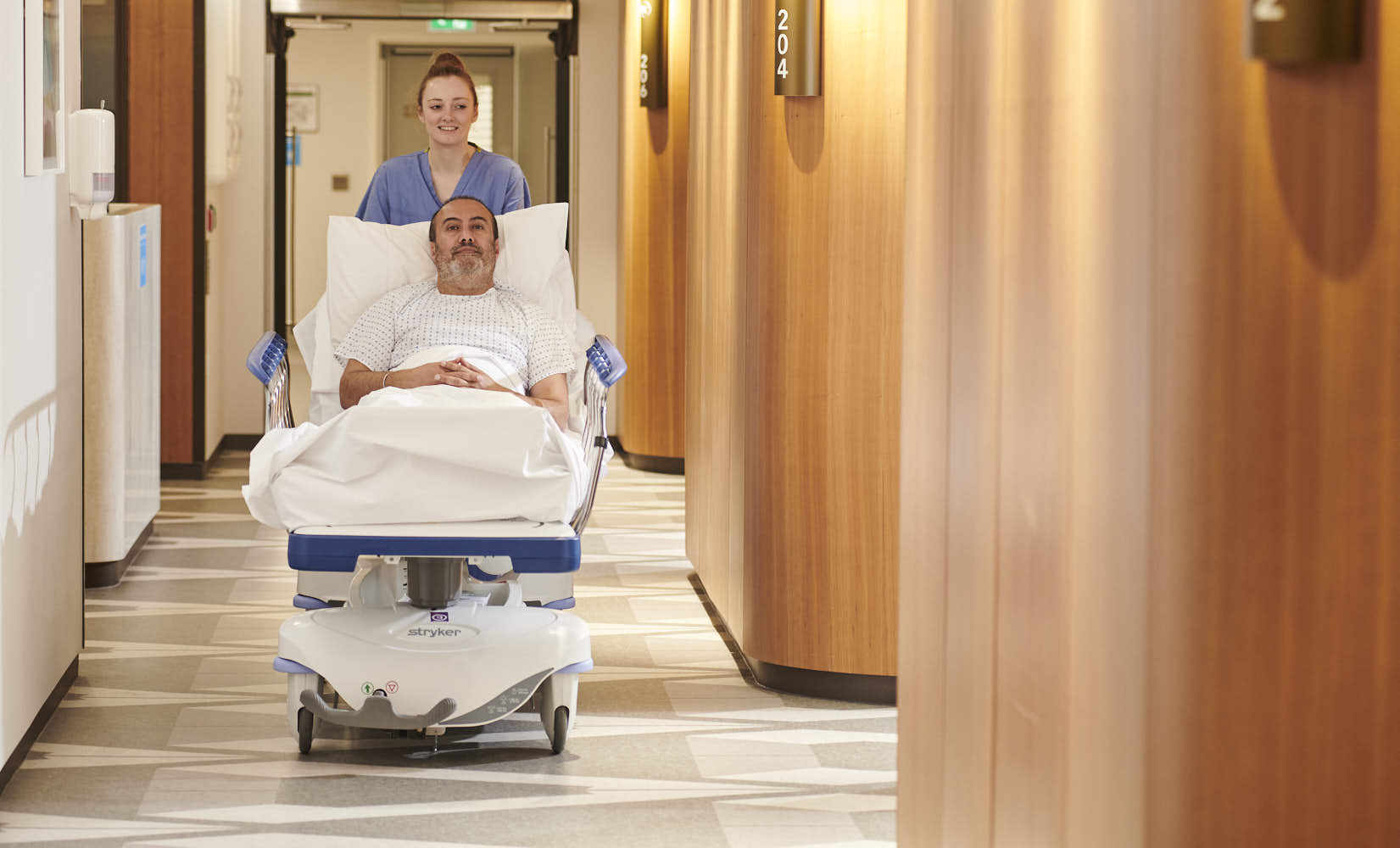Once the patient has been seen by the specialist, certain investigations may be undertaken. One of which is called anorectal physiology testing. This test aims to determine if your lower bowel and anus are functioning normally. An endoanal ultrasound scan may also be performed. This is an internal ultrasound scan. It aims to see if there are any structural problems to the anus.
In the majority of cases, the primary treatment is delivered through a pelvic floor specialist nurse, or physiotherapist. This may also be termed biofeedback. Essentially, this encompasses a variety of non-surgical treatments. These include pelvic floor physiotherapy, dietary modifications, optimising your bowel habit, medications and electrical stimulation therapies. In the vast majority of cases, such interventions are all that is needed to treat the incontinence.
In a very select group of patients, the specialist may offer to repair the anal sphincter muscle. This requires a general anaesthetic and short stay in hospital afterwards. Some patients will benefit significantly from this operation.
If non-surgical treatments have failed to improve things, and a sphincter repair is not indicated, then sacral nerve stimulation, or sacral neuromodulation may be offered. This procedure involves placing a thin lead through the patient’s tail bone to make contact with the nerves which supply the pelvic floor. This lead is connected a small battery, which is placed under the skin of the upper buttock. This battery sends a continuous electrical current to the pelvic floor nerves. The majority of patients who receive this treatment will get significant benefit and improvement in their bowel control.
Some patients have such severe faecal incontinence, that the above mentioned treatments are ineffective. In these patients, a specialist may offer them a stoma. This is a colostomy. This allows stool to enter a bag, which is positioned on the abdomen. This means that the patient will no longer be incontinent and are able to get back to living a normal life.
Get In Touch 
